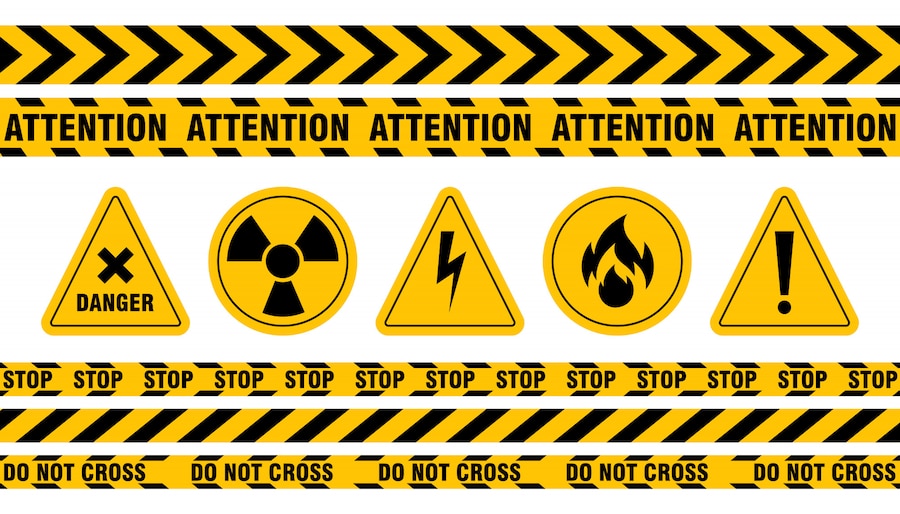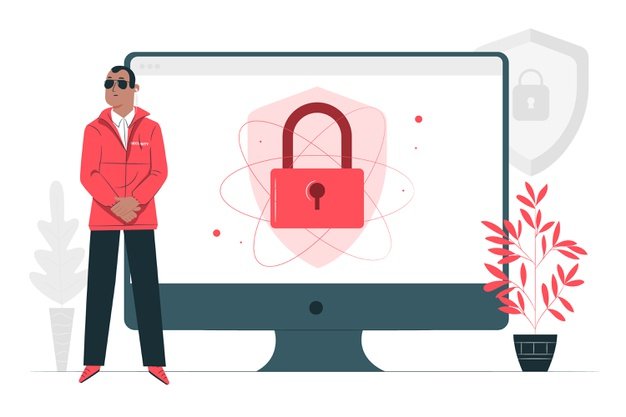You should have a checklist of safety precautions for your office space and employees, including an escape plan, emergency contact information, and floor plans.
Employees should practice their exit routes and regularly hold meetings on safety as this is the most important thing every employer should worry about.
You should have an alarm system installed, and you should have a safety plan in place. You should also maintain a clean office space as any extra items left around are as good as kindling.
Safety is essential for all companies, and the above tips will help keep your office safe.
Workplace Safety Checklist
Working with a workplace safety checklist is essential to ensure that all aspects of your business are protected in the event of a fire.
These checklists cover everything from evacuation routes to emergency response procedures. These are the first steps to preventing a devastating fire and should be practiced at regular intervals.

Practicing your workplace fire plan will reduce the risk of injuries and fatalities. Below are some of the most important steps to take to protect your business. First, identify any potential hazards. You can either develop a standard checklist or customize it to address the specific hazards your company faces.
Whatever checklist you create, make sure it covers the same basic safety needs. Your employees need to know what chemicals they should avoid and what training they need. The checklist should also address mechanical safeguards and report unsafe conditions immediately.
Finally, remember that the responsibility for workplace safety falls on the shoulders of supervisors and managers. In addition to implementing a prevention program, you need to make sure that your employees know how to identify and avoid hazards.
| Note: Fire safety requires that employees understand that it needs three things to burn: heat, flammable objects, and oxygen. Employees must also be trained in the proper use of alarms and suppression systems, report fires, and use extinguishers. It is important to have a safety plan in place so that you don’t have to deal with the aftermath of a fire. |
Properly Installed Alarms
Having a properly installed alarm system for your company is essential for protecting your assets and employees. The first step in this process is to ensure that your alarms are being monitored.
It is imperative that all employees are aware of safety procedures, and a properly monitored alarm can save lives during a fire. Damaged or faulty electrical cords, outlets, and recycling materials can all contribute to the occurrence of a fire.
Also, make sure that all exits are clearly marked, and that employees have unobstructed access to safety equipment.

Safety training and provisions for disabled employees are also important. Once the alarm is activated, a professionally installed alarm will notify the local firehouse. This will allow first responders to get to your business sooner, minimizing the damage.
In addition, a professionally installed alarm system will allow you to focus on running your company and evaluating the damage, while a firehouse responds.
Using them with access control systems can be faster, safer, and more efficient if your alarm system is installed and maintained properly. The process of installing an alarm is critical to its function. Always hire a professional for installation, as this process is crucial to the functioning of the system.
| Note: Make sure that the alarm installation team is knowledgeable, experienced, and licensed. A reputable alarm company will send a representative to inspect your business and discuss your needs, as well as your budget. A properly installed alarm system will also provide reliable security for you and your entire company. |
Preparation
The best way to prevent workplace fires is to take the proper precautions. While fires are generally unexpected and unplanned, most can be prevented with a few extra steps.
A comprehensive safety plan outlines the steps that employees must take in the event of a fire, including how to sound an alarm, notify the firehouse, and evacuate the building’s occupants.

In addition, all employees and managers should be aware of these procedures. It is never a good time to forget about them!
Proper preparation for safety begins with identifying the sources of fire in the workplace by clicking here. Keep flammable materials away from heat-generating equipment, cigarette butts, and running appliances.
| Note: Keeping work areas clean and uncluttered is key to preventing the spread of fire. Additionally, training an employee to inspect fire sprinkler gauges and control valves is critical. Make sure employees understand how to operate and maintain safety systems and how to deal with unexpected emergencies. |
Evacuation Plan
Your company should have an evacuation plan for fire protection.
A plan like the ones found here: www.ready.gov/home-fire-escape-plan, should outline the steps that your employees should take during an emergency, including a chain of command and a communications plan. The plan should include practice times so everyone can familiarize themselves with the plan.

A practice drill will also allow your employees to see how it will work. If your company is large, there are likely different requirements depending on where you do business. When practicing the evacuation plan, employees should familiarize themselves with the steps to take, including the location of fire extinguishers, emergency exits, and any other information that is helpful in an emergency.
Employees should also know to follow the instructions of the fire warden to stay safe. It is also important to remember not to use elevators if the fire is in a building.
Also, do not leave anything inside an elevator shaft. Even though they may be convenient, they can become blocked by smoke or fire. A good fire evacuation plan should include all employees, contractors, temporary workers, and customers.
| Note: While it may not be appropriate to include remote workers, they need to be informed about what is going on. It is essential to create a plan for fire protection in your company that covers all scenarios. This way, all employees can remain safe and productive in an emergency. If you don’t have a fire evacuation plan, you could get in trouble with the authorities. |
Additionals:





















